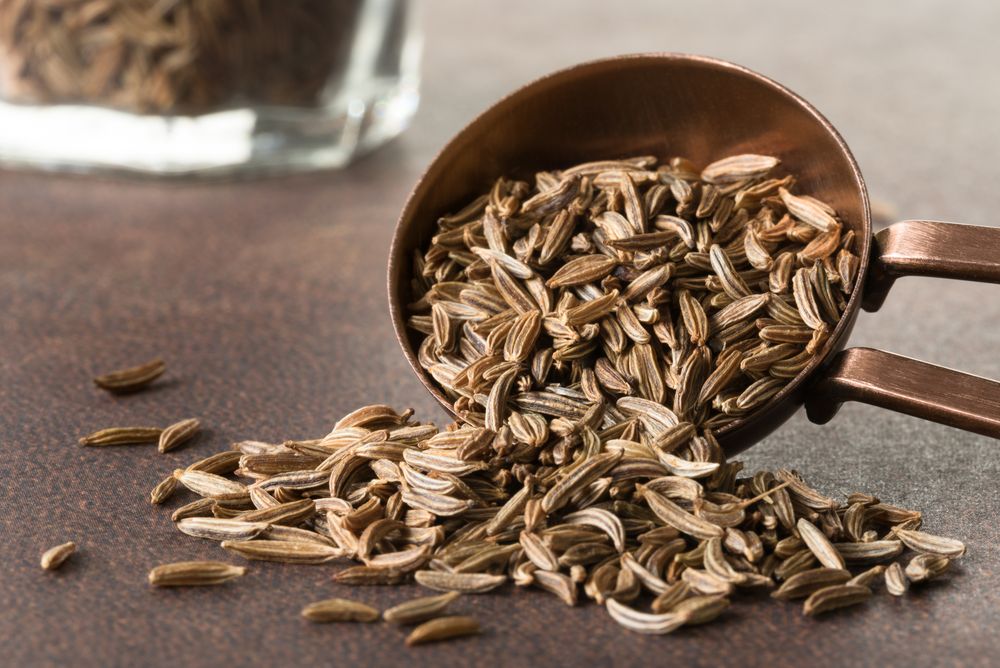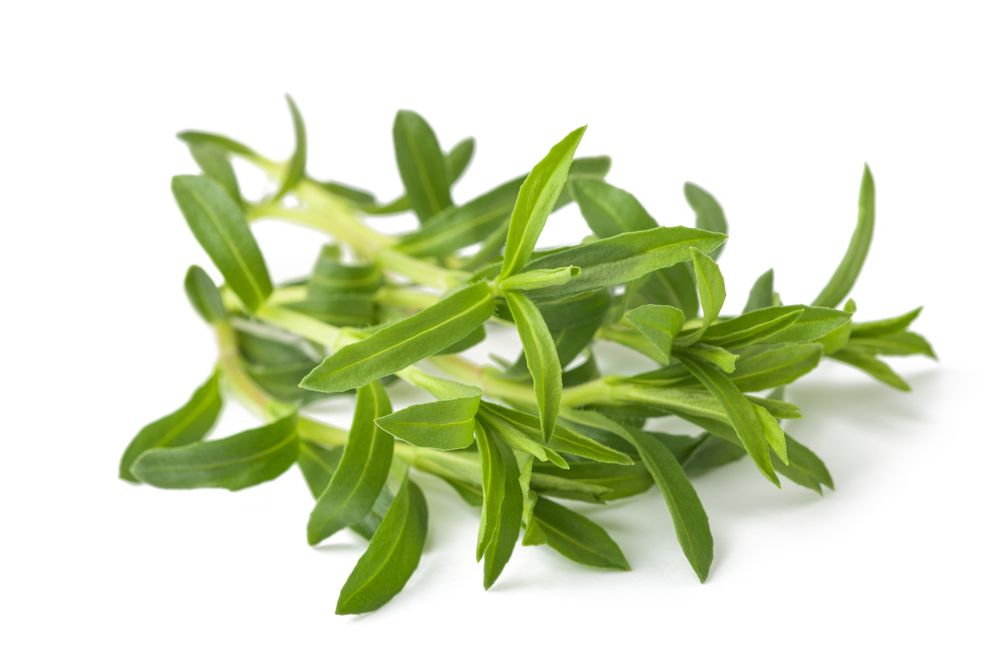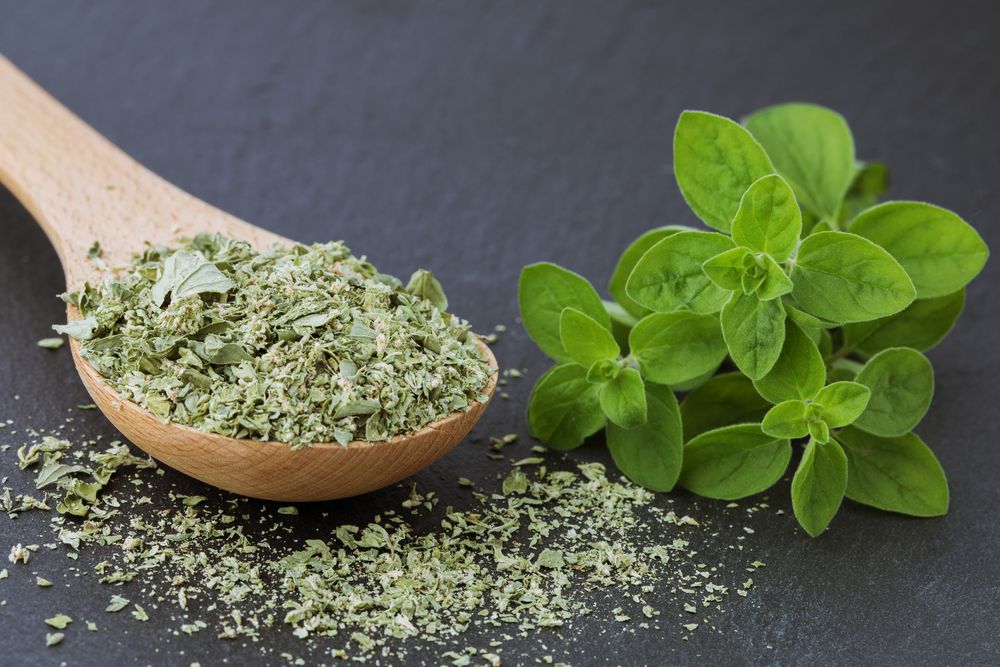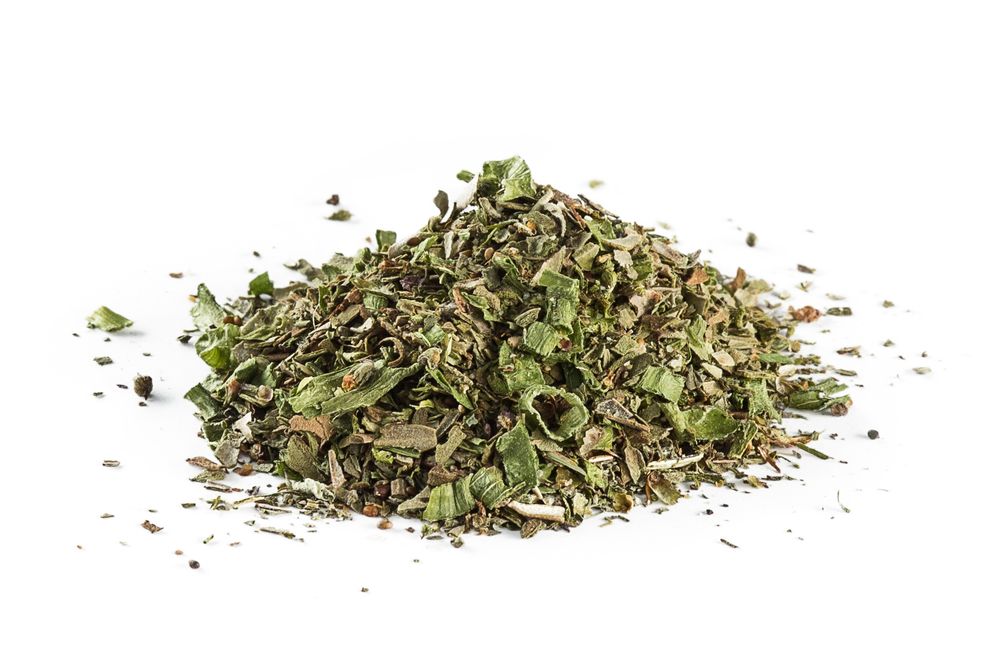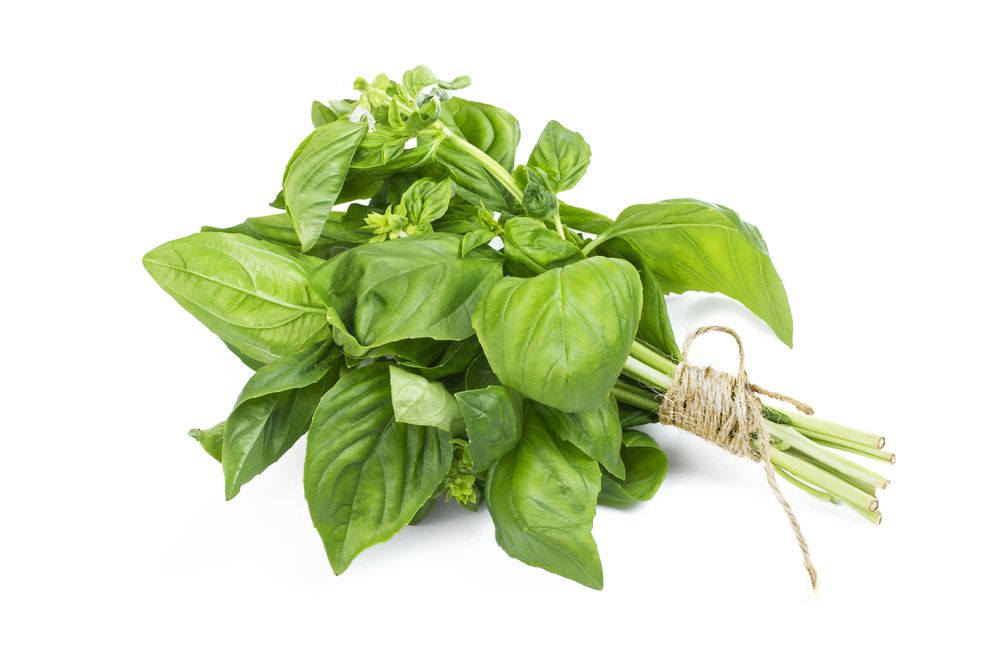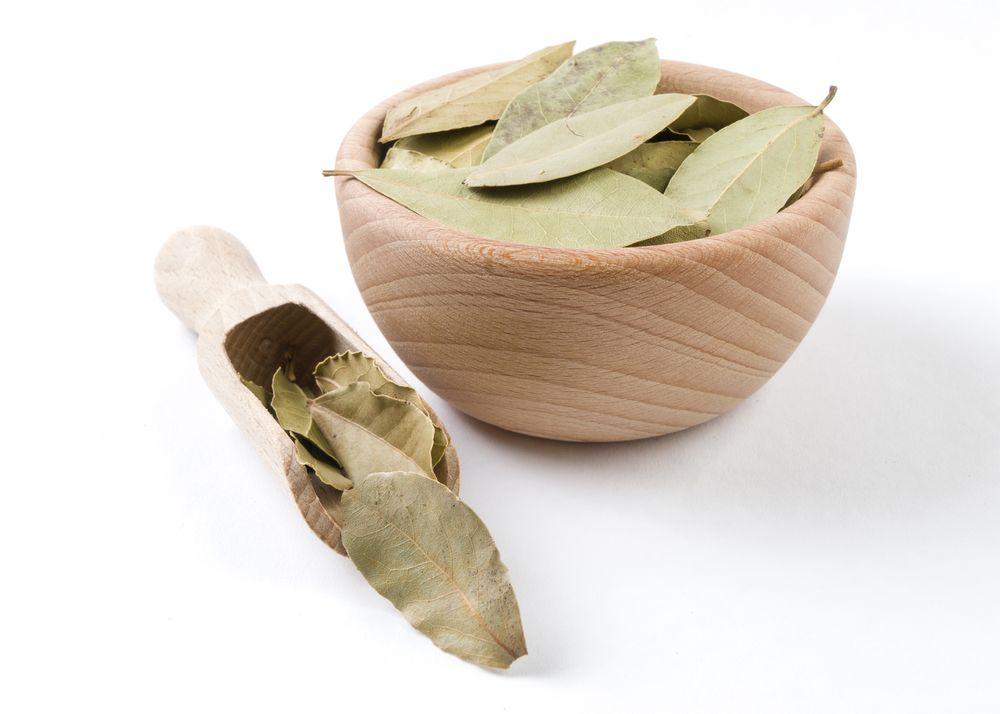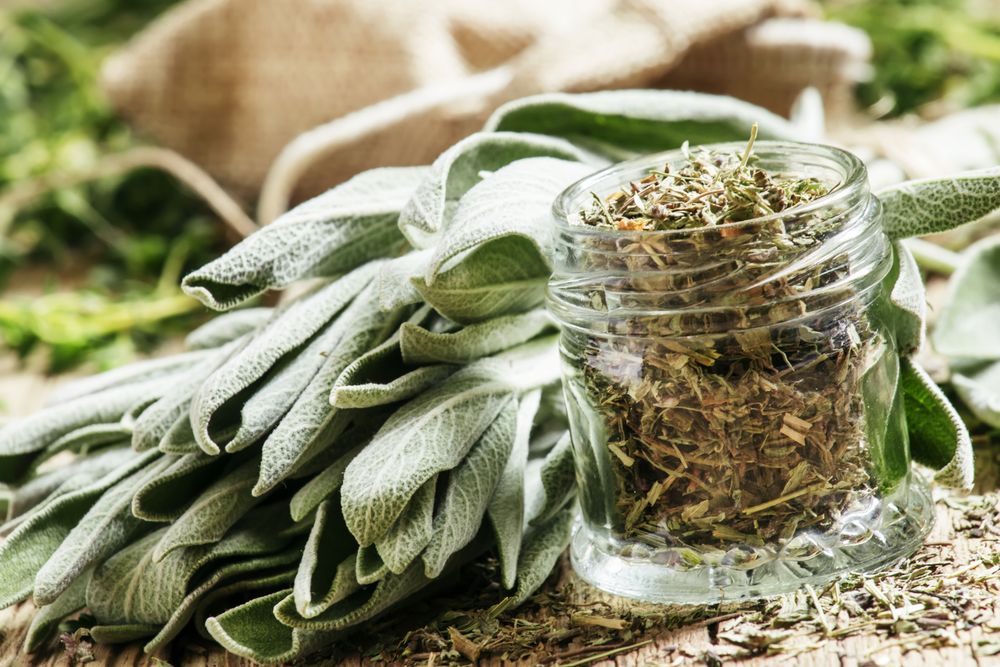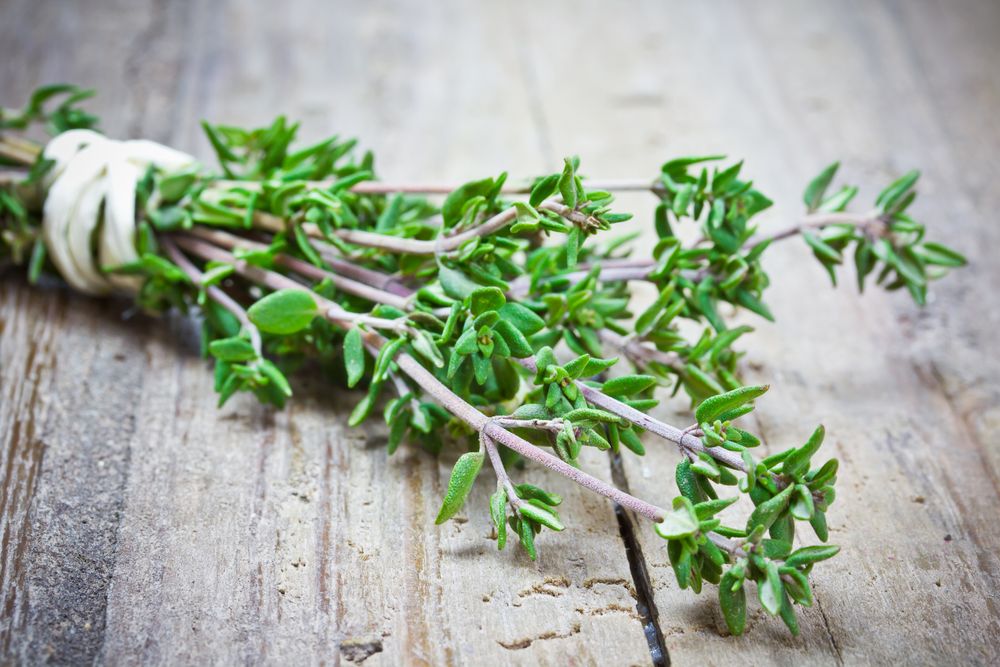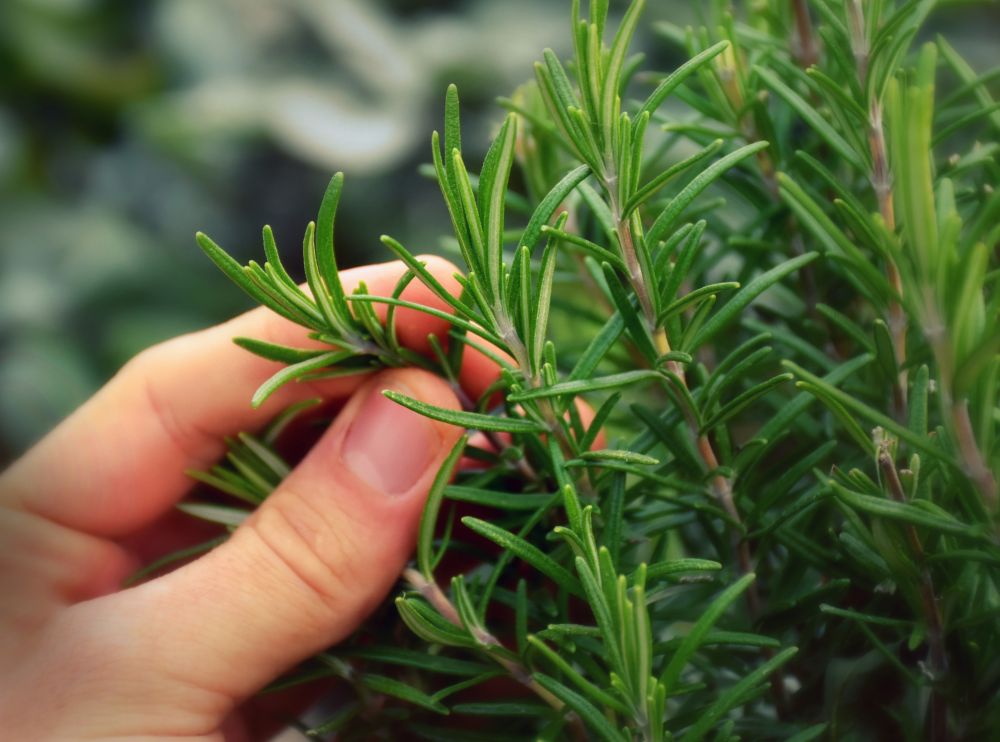8 Best Substitutes for Rosemary to Replicate Its Unique Aroma
When you are out of rosemary and need to replicate its unique flavor in your recipes, a substitute for rosemary comes in handy.
Read on since this article showcases the eight top alternatives to rosemary.
A member of the Lamiaceae family, rosemary is a highly aromatic herb with a unique flavor: earthy and slightly bitter with hints of pine, citrus, sage, lavender, evergreen, pepper, and mint. Some people feel that rosemary is a combination of camphor and eucalyptus. A rosemary substitute should have at least some of these qualities.
Rosemary is a staple ingredient in Mediterranean cuisine. This herb pairs well with stews, vegetables, seafood, poultry, pork, lamb, grilled meats, dressings, marinades, dry rubs, and herbes de Provence. An alternative to rosemary should also work well with these food types.
There are two types of rosemary – fresh and dried -, and both are suited for cooking. As such, the best substitute for fresh rosemary is dried rosemary and vice versa. The key difference between the two is that dried rosemary has a more potent aroma since the drying process concentrates the flavor of the herb, while fresh rosemary has natural moisture. So using dried rosemary instead of fresh rosemary is better for cooking unless the recipe specifically calls for fresh rosemary.
When using fresh rosemary and dried rosemary interchangeably, 1 tablespoon of chopped fresh rosemary = 1 teaspoon of dried rosemary. This herb loses favor quickly during the heating process, so add it toward the end of the cooking, or the food might turn out bitter.
Thyme, sage, bay leaves, basil, Italian seasoning, marjoram, summer savory, and caraway seeds are the next best alternatives to rosemary. Here’s detailed information about each of these ingredients:
1. Thyme
Thyme is a great substitute for rosemary, thanks to its slightly sweet, warm, and peppery woody flavor with a tone of mint and citrus. The other way applies, too, since rosemary is an excellent substitute for thyme. Compared to rosemary, thyme has a milder taste.
Thyme comes from the same family as rosemary (Lamiaceae), and it’s native to the Mediterranean region. This herb withstands heat and cooking for long periods, making it a common ingredient in bouquet garni. Both fresh and dried thyme are good substitutes for rosemary.
Use thyme to replace rosemary in stews, sweet potatoes, roasted and grilled meats, roasted vegetables, soups, pasta, salads, marinades, salad dressings, and vinaigrettes.
When using thyme in place of ratio, apply the 1:1 ratio for dry:dry or fresh:fresh. For instance, use 1 teaspoon of fresh thyme for 1 teaspoon of fresh rosemary, or 1 teaspoon of dried thyme for 1 teaspoon of dried rosemary. Alternatively, use 3 teaspoons of fresh thyme for 1 teaspoon of dried rosemary, or 1⁄3 teaspoon of dried thyme for 1 teaspoon of dried rosemary.
2. Sage
Sage is a good substitute for rosemary, thanks to its distinct aroma and earthy, slightly peppery flavor with hints of citrus, eucalyptus, and mint. However, this herb has a bold aroma and taste, which is why it is wise to use it in moderation.
Similar to thyme, sage belongs to the Lamiaceae family just like rosemary, and it’s native to the Mediterranean region. Additionally, sage is a key ingredient in making bouquet garni since it tolerates high temperatures well, so you can add it at the start of cooking when replacing rosemary.
Use sage instead of rosemary when preparing turkey dishes, sauces, bread, fish, soups, stuffing, chowder, and sauces. Italians use sage to add a strong aroma to tomato sauces and creamy pasta dishes. It is possible to use either fresh or dried thyme.
When using sage in place of rosemary, apply the 1:1 ratio for dry:dry or fresh:fresh. For example, use 1 teaspoon of fresh sage for 1 teaspoon of fresh rosemary, or 1 teaspoon of dried sage for 1 teaspoon of dried rosemary. Alternatively, use 3 teaspoons of fresh sage for 1 teaspoon of dried rosemary, or 1⁄3 teaspoon of dried sage for 1 teaspoon of dried rosemary.
3. Bay leaves
Bay leaves make a decent substitute for rosemary, thanks to the herbaceous flavor when cooked for long periods. Add bay leaves at the beginning of the cooking process so that it blends well with the other ingredients.
The bay leaf comes from the Lauraceae family, and it’s native to the Mediterranean region. This herb is commonly used dried since the fresh version has a pungent aroma and bitter taste. Use bay leaves to replace rosemary when making a marinade for fish and meat, especially lamb. The herb also adds flavor to stews, broth, crab, and shrimp.
When using bay leaves in place of rosemary, use 1-2 leaves instead of 1 teaspoon of rosemary.
4. Basil
Basil is an excellent substitute for rosemary, thanks to its sweet, peppery, and minty flavor. The herb comes from the same family as rosemary (Lamiaceae) and has a poor tolerance for heat, so it’s best to use it toward the end of cooking or after turning off the heat, in order to retain its flavor.
Use basil to replace rosemary in Italian cuisine, sauces, pasta, soups, pesto, and smoothies. It is possible to use either fresh or dried basil.
When using basil in place of rosemary, apply the 1:1 ratio for dry:dry or fresh:fresh. For example, use 1 teaspoon of fresh basil for 1 teaspoon of fresh rosemary, or 1 teaspoon of dried basil for 1 teaspoon of dried rosemary. Alternatively, use 3 teaspoons of fresh basil for 1 teaspoon of dried rosemary, or 1⁄3 teaspoon of dried basil for 1 teaspoon of dried rosemary.
5. Italian seasoning
Italian seasoning is a decent substitute for rosemary, thanks to the mixture of flavors in the blend of thyme, oregano, rosemary, marjoram, and basil.
Use Italian seasoning in Italian dishes, sauces, soups, and marinades. However, when using Italian seasoning as an alternative to rosemary, it’s best to stick to recipes where rosemary isn’t the dominant flavor.
When replacing rosemary with Italian seasoning, apply the 2:1 ratio. For example, for 1 of rosemary, use ½ teaspoon of Italian seasoning.
6. Marjoram
Marjoram is a good substitute for rosemary, thanks to its woody flavor. This herb comes from the Lamiaceae family, the same as rosemary.
It’s best to replace rosemary with marjoram in mushroom-based dishes. Despite that both fresh and dried marjoram are suitable for cooking, the fresh version is harder to find unless you grow it at home.
When using marjoram in place of rosemary, start with a bit of the herb and add to taste.
7. Summer savory
Summer savory is a fair substitute for rosemary, thanks to its sweet, hot, and peppery flavor. This herb is part of the same family as rosemary (Lamiaceae).
Use summer savory to replace rosemary in chicken, pork, and vegetables. It is possible to use either fresh or dried summary savory.
When replacing rosemary with summer savory, start with a bit of the herb and add to taste.
8. Caraway seeds
Caraway seeds are a surprisingly good substitute for rosemary, thanks to their bittersweet sharpness with a tone of citrus, pepper, and mild licorice. The seeds come from the caraway plant, which belongs to the Apiaceae family.
Use caraway seeds to replace rosemary in dishes that need a mild flavor to blend with other strong flavors in the dish.
When using caraway seeds in place of rosemary, apply the 2:1 ratio. For instance, for 1 teaspoon of rosemary, use ½ teaspoon of caraway seeds.
Best substitutes for rosemary in specific dishes
There are many cases in which certain rosemary substitutes are better than others, depending on the dish you’re preparing. Here are some recommendations:
- Lamb, mutton, and goat: A combination of peppermint, thyme, and bay leaves will mimic rosemary’s flavor. In this case, apply the 1:1 ratio. For example, for 1 teaspoon of rosemary, use 1⁄3 teaspoon of peppermint, 1⁄3 teaspoon of thyme, and 1⁄3 teaspoon of bay leaves.
- Steak: Thyme is best for roasting or grilling beef steaks.
- Pork: A blend of thyme, sage, fennel seeds, garlic, and apples works well for cooking pork, thanks to the combination of aromas. For instance, fennel seeds have a sweet, licorice flavor, while garlic has a pungent smell. When combined and roasted, the garlic aroma and texture change to a creamy, nutty clove taste that blends well with the licorice taste from the fennel seeds.
- Fish: Sage is a great option to substitute rosemary when cooking fish. Another option is a combination of chives, dill, and parsley, which works in a 1:1 ratio. For example, for 1 teaspoon of rosemary, use 1⁄3 teaspoon of chives, 1⁄3 teaspoon of dill, and 1⁄3 teaspoon of parsley.
- Poultry: Use sage, thyme, or a combination of both to replace rosemary when preparing chicken, turkey, or duck. For cooking eggs, sage is best.
- Mushroom dishes: Marjoram is the best alternative to rosemary for flavoring mushroom-based dishes. Make the aroma more interesting by combining marjoram with parsley, dill, chives, oregano, or tarragon.
- Sausages: Caraway seeds are excellent alternatives to rosemary for improving your sausage recipes.
- Potatoes: Use thyme to replace rosemary when roasting potatoes, in order to give them a mild flavor.
FAQs
Find out more useful information about rosemary:
What is rosemary?
Rosemary (Salvia Rosmarinus) is a herb that belongs to the Lamiaceae family.
What does rosemary taste like?
Rosemary has a unique flavor, which can be best described as a woody taste with a hint of citrus, lavender, pepper, sage, pine, and mint. The flavor of this herb gets better when cooked in liquid.
How do I prepare fresh rosemary for cooking?
Follow these instructions when preparing fresh rosemary for cooking:
- Rinse a bunch of fresh rosemary using cold water to remove any dirt or dust from the stem and leaves.
- Pat the herb dry with a paper towel.
- To remove the leaves from the stem, gently pull the leaves in the opposite direction.
- Chop up the rosemary leaves and use them as desired.
How do I prepare dry rosemary for cooking?
You can dry rosemary at home using various techniques, such as air drying, freezing, or using a dehydrator. Once dried, follow the same procedure as for fresh rosemary to remove the leaves from the stem.
What is a sprig of rosemary?
A sprig of rosemary is one stem of the rosemary plant. It measures between two to four inches of the plant.
What are the benefits of rosemary?
Rosemary has many health benefits. For example, it can help improve your mood, memory, and alertness, and it helps relieve stress.
What foods go well with rosemary?
Rosemary goes well with beef, chicken, and pork. It also works well with tomato-based dishes and vegetables.
Closing thoughts
As the popularity of rosemary grows, so does the availability of substitutes. While there are many different options, each has its own unique flavor profile that may or may not be a good fit for a recipe. With a little experimentation, cooks can find the perfect substitute for rosemary to give their dish the desired flavor profile.
Have you tried using any of our suggestions as a rosemary substitute? If so, let us know by writing your opinions and feedback in the comments section below!
